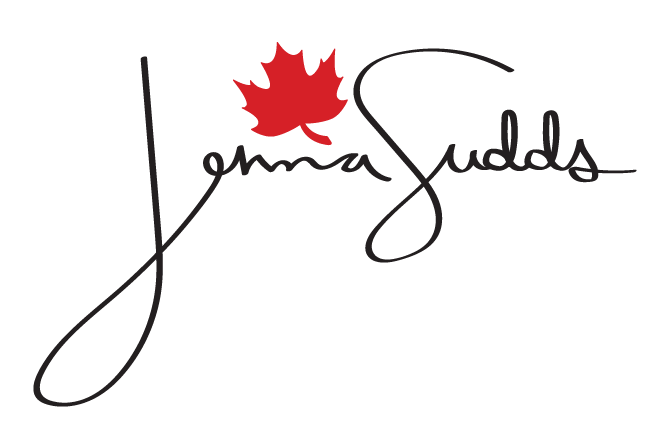Ending the Telco Status Quo
On March 10, the Honourable François-Philippe Champagne, Minister of Innovation, Science and Industry, announced the publication of the 2022 Price Comparison Study of Telecom Services, an annual report that tracks the prices for wireless and home Internet services. The results?
Canada's wireless prices declined by an average of 2.6% across all levels, with declines up to 16% for the largest data plans in 2022. For home Internet, prices declined or were stable, an 11% decline was recorded for mid-range plans. The report also shows that regional competitors are offering prices up to 39% lower than the major national service providers. WhistleOut is a helpful resource as it compares all available plans in Canada.
Wireless prices
While we have seen overall improvements on pricing and increased competition, we know that there is more work to be done:
Overall wireless prices have decreased over 40% since 2019 (as measured by Statistics Canada), with a 22.6% reduction in the past year. This includes more dramatic declines. 20 GB plans available for $73 in 2022 were being widely offered at prices in the $30-$40 range this past December. This is even lower than initial targets set in 2020, with more than triple the amount data.
In March 2020, Minister Champagne announced the expectation that the three national incumbents reduce prices for introductory and medium use plans by 25% (this captured plans at 2, 4 and 6 GB). That target was met in December 2021, three months early than the expected delay. For example, prices for 6 GB plans dropped 25% from $60 to $45.
Statistics Canada’s Consumer Price Index showed that prices for cellular services declined almost 30% from 2019 to 2022.
Rogers Shaw merger created a national 4th player, bringing down prices
Concerns were raised about Rogers raising prices, and whether this is a result of the merger. 1% of Rogers customers were using “month-to-month” contracts in December, and they would have received a price increase notification, which would come into effect in December. Of those customers, ¼ have already chosen to move to new plans in market, plans that are very likely cheaper than the original plans they signed on to two years ago.
10GB plan in 2017 was $145/month, and today is $39/month.
A 60GB plan in 2021 was $95/month, and today is $50/month.
In March 2023, Minister Champagne announced the creation of a new national 4th player (Videotron) with his decision on Shaw’ spectrum licences transfer, with unprecedented conditions on pricing and deployment.
A condition on Videotron was to offer plans at least 20% below incumbent pricing. A condition for Rogers was to introduce a new low-cost mobile plan for low-income Canadians, which launched in November 2023.
Throughout 2023, the new Videotron/Freedom offered plans substantially lower than the benchmarks (in the order of 50% lower, well exceeding the 20% goal), launched 5G service, and launched plans with unlimited international roaming in the US and other countries. Videotron also started introducing a new discount offering called Fizz that is rolling out.
Minister has put competition measures at the forefront of all telecom decisions
In July 2021 and November 2023, ISED concluded 3800 megahertz auctions for prime 5G spectrum. In concert with 3500 MHz, smaller competitors doubled their spectrum holdings, strengthening their ability to compete. In the most recent auction (3800) 22 bidders competed, and 20 purchased spectrum; the marketplace is clearly no longer just the big three. It is because of our government’s action since we made rules to create a competitive environment for smaller players.
More details are available here.

